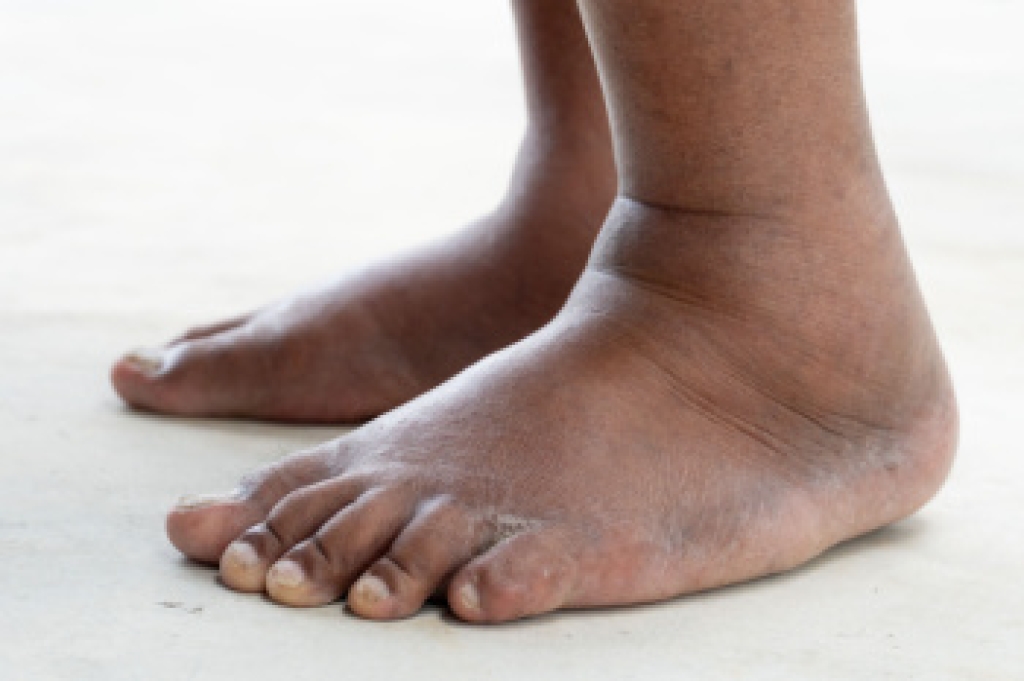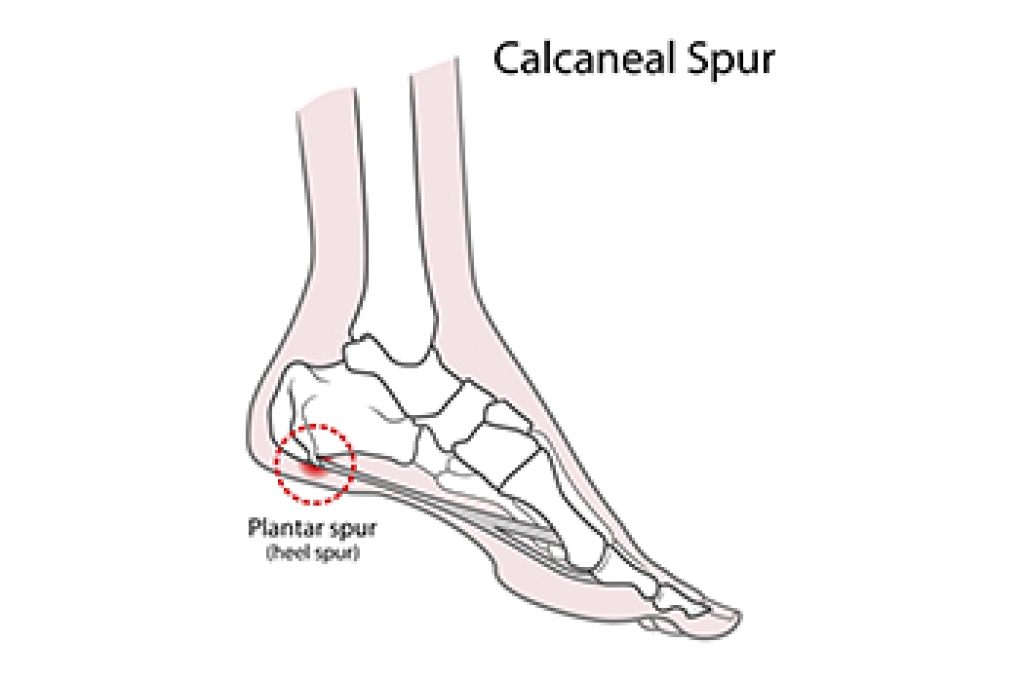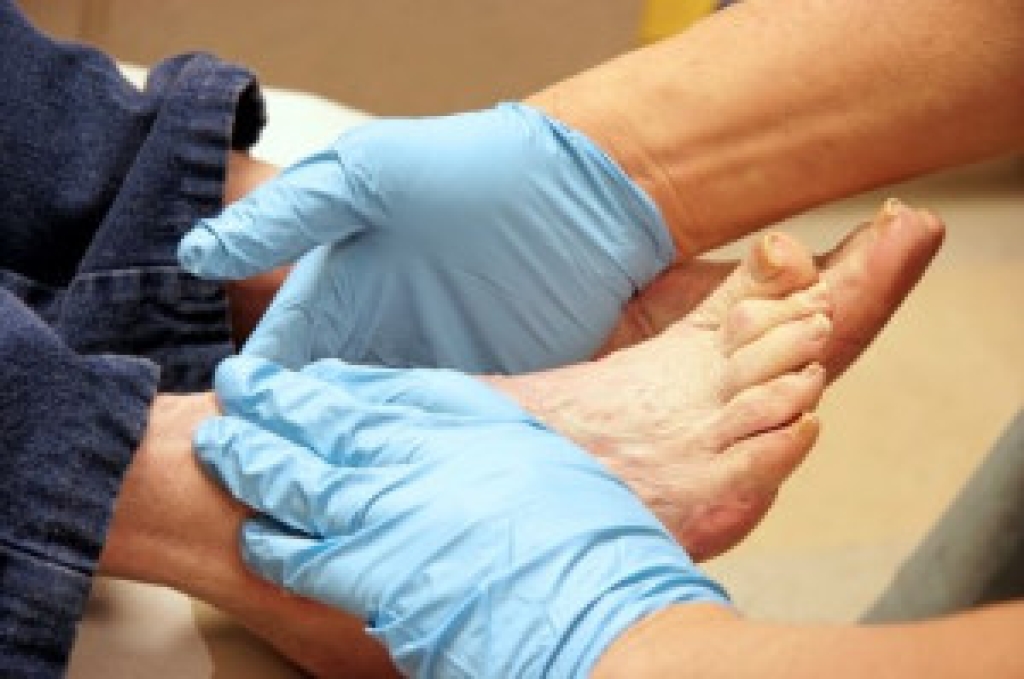
Lansdowne, PA
(610) 626-3338

Lansdowne, PA
(610) 626-3338

Swollen feet occur when excess fluid builds up in the tissues of the lower extremities. This condition, termed edema, can result from standing or sitting for long periods but may also indicate underlying health concerns such as heart disease, kidney disease, liver disease, or chronic venous insufficiency. Swelling may cause discomfort, heaviness, or visible puffiness in the feet and ankles. A podiatrist can help determine the cause through a thorough evaluation and recommend treatment, such as compression therapy and circulation improvement. If your feet are consistently swollen, it is suggested that you consult a podiatrist who can provide an accurate diagnosis and offer effective relief tips.
Swollen feet can be a sign of an underlying condition. If you have any concerns, contact Dr. George Yarnell of Pennsylvania. Our doctor can provide the care you need to keep you pain-free and on your feet.
Swollen feet are a common ailment among pregnant women and people who stand or sit for extended periods. Aging may increase the possibility of swollen feet and patients who are obese often notice when their feet are swelling too. There may be medical reasons why swollen feet occur:
Swollen feet can also be caused by bone and tendon conditions, including fractures, arthritis, and tendinitis. Additionally, there may be skin and toenail conditions and an infection may cause the feet to swell. Patients who take medicine to treat high blood pressure may be prone to getting swollen feet.
Many patients elevate their feet to help relieve the swelling and this is generally a temporary remedy. When a podiatrist is consulted the reason behind the swelling can be uncovered and subsequently treated.
If you have any questions please contact our office located in Lansdowne, PA . We offer the newest diagnostic and treatment technologies for all your foot and ankle needs.

A heel spur is a bony growth that forms on the underside of the heel bone due to long-term stress on the foot. It often develops when the plantar fascia becomes strained, leading to inflammation and calcium buildup. Symptoms include sharp heel pain, tenderness, and discomfort when standing or walking. Among the common causes are repetitive impact, flat feet, high arches, or wearing improper footwear. Risk factors include obesity, aging, and activities that place constant pressure on the heel. A podiatrist can evaluate foot structure, provide imaging, if needed, and recommend such treatments as supportive shoes, custom orthotics, stretching plans, and pain relief strategies. If you have heel pain, it is suggested that you consult a podiatrist who can accurately diagnose heel spurs and offer effective relief and treatment solutions.
Heel spurs can be incredibly painful and sometimes may make you unable to participate in physical activities. To get medical care for your heel spurs, contact Dr. George Yarnell from Pennsylvania. Our doctor will do everything possible to treat your condition.
Heels Spurs
Heel spurs are formed by calcium deposits on the back of the foot where the heel is. This can also be caused by small fragments of bone breaking off one section of the foot, attaching onto the back of the foot. Heel spurs can also be bone growth on the back of the foot and may grow in the direction of the arch of the foot.
Older individuals usually suffer from heel spurs and pain sometimes intensifies with age. One of the main condition's spurs are related to is plantar fasciitis.
Pain
The pain associated with spurs is often because of weight placed on the feet. When someone is walking, their entire weight is concentrated on the feet. Bone spurs then have the tendency to affect other bones and tissues around the foot. As the pain continues, the feet will become tender and sensitive over time.
Treatments
There are many ways to treat heel spurs. If one is suffering from heel spurs in conjunction with pain, there are several methods for healing. Medication, surgery, and herbal care are some options.
If you have any questions, please feel free to contact our office located in Lansdowne, PA . We offer the newest diagnostic and treatment technologies for all your foot care needs.

Diabetes can create challenges for foot health, often turning small problems into bigger concerns, if they are not noticed early. Reduced circulation and nerve damage can make it harder to feel pain from cuts, blisters, or pressure spots, and slower healing increases the chance of infection. What may seem minor at first can develop into ulcers or other complications that interfere with mobility and comfort. Some people may experience tingling, numbness, or burning in their feet, which makes it more difficult to detect injuries. That is why checking your feet every day, wearing supportive shoes, and keeping blood sugar well managed are important steps to protect your health. With early attention and proper treatment, many serious problems can be avoided. If you live with diabetes and want to safeguard your feet, it is suggested that you see a podiatrist for expert advice and guidance.
Diabetic foot care is important in preventing foot ailments such as ulcers. If you are suffering from diabetes or have any other concerns about your feet, contact Dr. George Yarnell from Pennsylvania. Our doctor can provide the care you need to keep you pain-free and on your feet.
Diabetic Foot Care
Diabetes affects millions of people every year. The condition can damage blood vessels in many parts of the body, especially the feet. Because of this, taking care of your feet is essential if you have diabetes, and having a podiatrist help monitor your foot health is highly recommended.
The Importance of Caring for Your Feet
Patients with diabetes should have their doctor monitor their blood levels, as blood sugar levels play such a huge role in diabetic care. Monitoring these levels on a regular basis is highly advised.
It is always best to inform your healthcare professional of any concerns you may have regarding your feet, especially for diabetic patients. Early treatment and routine foot examinations are keys to maintaining proper health, especially because severe complications can arise if proper treatment is not applied.
If you have any questions, please feel free to contact our office located in Lansdowne, PA . We offer the newest diagnostic and treatment technologies for all your foot care needs.

Walking irregularities in children, such as in-toeing, out-toeing, limping, and toe-walking, are fairly common and can result from various developmental factors. These patterns may develop due to natural variations in bone structure as a child grows, such as hip rotation or curved shin bones. Some children may have flat feet, loose ligaments, or muscle imbalances that contribute to unusual walking styles. Genetics, birth conditions, and early habits, like prolonged toe-walking, can also play a role. Many of these irregular walking patterns resolve as children grow and their bones and muscles strengthen. However, if your child experiences pain, frequent tripping, or if the issue persists beyond early childhood, it is suggested that a podiatrist be contacted for an evaluation. Treatment may include stretching exercises or custom orthotics to encourage normal walking patterns, and prevent long-term issues with balance and mobility.
Making sure that your children maintain good foot health is very important as they grow. If you have any questions, contact Dr. George Yarnell of Pennsylvania. Our doctor can provide the care you need to keep you pain-free and on your feet.
Keeping Children's Feet Healthy
Having healthy feet during childhood can help prevent medical problems later in life, namely in the back and legs. As children grow, their feet require different types of care. Here are some things to consider...
Although babies do not walk yet, it is still very important to take care of their feet.
Avoid putting tight shoes or socks on his or her feet.
Allow the baby to stretch and kick his or her feet to feel comfortable.
As a toddler, kids are now on the move and begin to develop differently. At this age, toddlers are getting a feel for walking, so don’t be alarmed if your toddler is unsteady or ‘walks funny’.
As your child gets older, it is important to teach them how to take care of their feet.
Show them proper hygiene to prevent infections such as fungus.
Be watchful for any pain or injury.
Have all injuries checked by a doctor as soon as possible.
Comfortable, protective shoes should always be worn, especially at play.
If you have any questions, please feel free to contact our office located in Lansdowne, PA . We offer the newest diagnostic and treatment technologies for all your foot care needs.